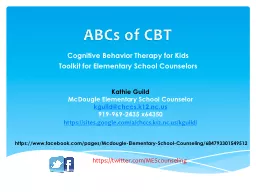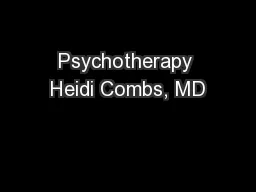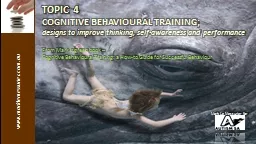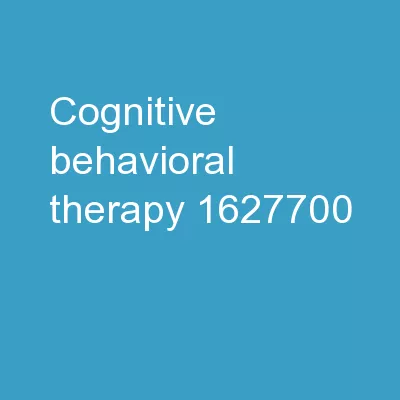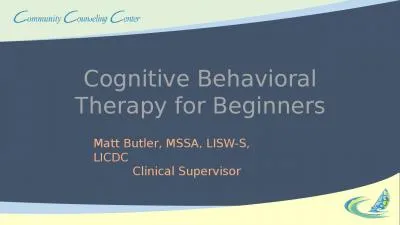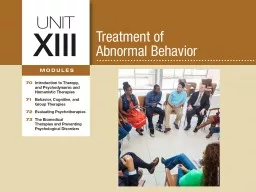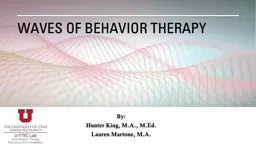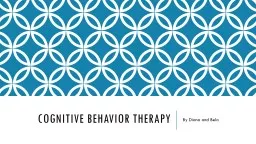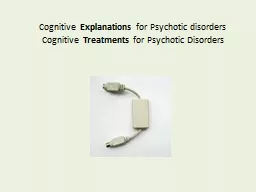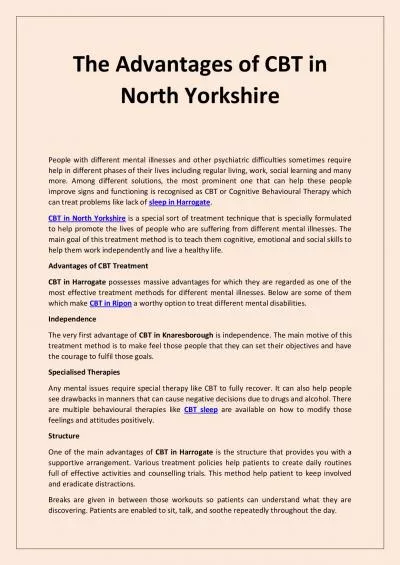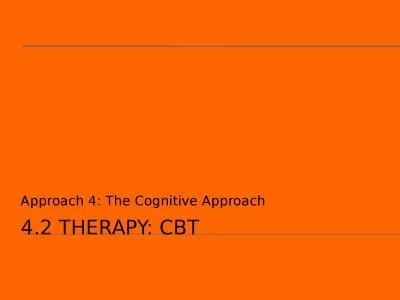PPT-ABCs of CBT Cognitive Behavior Therapy for Kids
Author : berey | Published Date : 2022-06-08
Toolkit for Elementary School Counselors Kathie Guild McDougle Elementary School Counselor kguildchccsk12ncus 9199692435 x64350 httpssitesgooglecomachccsk12ncuskguild
Presentation Embed Code
Download Presentation
Download Presentation The PPT/PDF document "ABCs of CBT Cognitive Behavior Therapy f..." is the property of its rightful owner. Permission is granted to download and print the materials on this website for personal, non-commercial use only, and to display it on your personal computer provided you do not modify the materials and that you retain all copyright notices contained in the materials. By downloading content from our website, you accept the terms of this agreement.
ABCs of CBT Cognitive Behavior Therapy for Kids: Transcript
Download Rules Of Document
"ABCs of CBT Cognitive Behavior Therapy for Kids"The content belongs to its owner. You may download and print it for personal use, without modification, and keep all copyright notices. By downloading, you agree to these terms.
Related Documents

